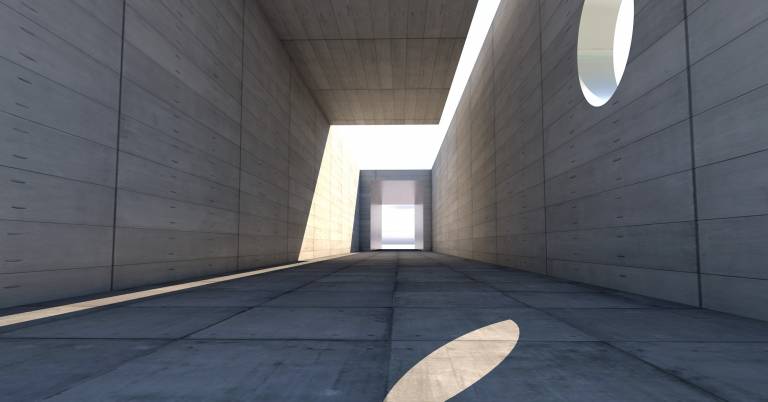Dr Pushpa Arabindoo, Department of Geography

3rd February 2023
Architectural debates in every period are known to be shaped by a technoscience that influences the design of its form and function. Equally, with a rather reckless borrowing of concepts and ideas from other disciplines, these debates hinge on an incongruence that does not allow for a normal mode of critical discourse, distorted as they are by multiple subjectivisms. Ecology is one example where there is little room for an end consensus as seen in the recent provocations around architecture’s continued use of concrete for its material realisation. Thus, every time a critic dares to remind us of its unsustainable carbon footprint, the debate slips unnecessarily into an irreconcilable mediation.
Allowing only one position is argued to be absolutist, pleading for a cultural determinism that defies the constant indexing of such critical intentions. Thus, in response to attestations that architecture is fetishizing a material that is harming the planet, counterarguments vary from concrete being used mostly outside of architecture, or that there are very many sustainable forms of ‘green concrete’ to fray the ecological costs, never mind the fact that the latter is not particularly discerning, relying as it does on mineral admixtures that are clearly still drawn from other forms of toxic residues.
This is the kind of ‘improvement’ gesture that fares poorly under the dominant forces of planetary urbanisation, remaining a self-reflective indulgent solution that will hardly displace a continued global demand for the polluting Portland cement in the fast-growing global South (Asia and Africa). If we are to sustain ecomaterialist discourses within architecture, then we have to acknowledge that all the painstakingly researched and concocted reproduction of concrete as a composite of (re)newed materials will not solve what it poses as a geological problem. Ironic as it is that the very knowledge of geological tectonics launched concrete as anti-seismic resilient material, we need to now borrow from geological referencing to raise questions of its fossilisation, or more precisely ask: what is concrete’s future as a fossil?
It involves thinking of concrete as not just as a geological material tracing its trail as a sedimentary detritus but as a stratified marker of the Anthropocene signalling an architectonic view from the vantage point of the planet and geological timescales of observation. This means not simply a science-fiction style forward-looking narrative of climate history, one that is anticipatory and not predictive, but also to architecturally visualise concrete’s groundedness across a value chain system where beneath its permanence as a fix is an omnipresent layer of fluidity disrupting our assumptions about life, nonlife and other-than-life. If architecture is to meaningfully confront the larger challenge of deep decarbonisation, it will involve inventing modes of critically relating with this inorganic matter that approaches its materiality not through a spatial calculus but a temporal regime of engagement around deep, cyclical flows of geomorphic production. This will not only shift concrete from being a primary object of rhetorical focus but also to allow architecture to radically recentre itself in the Anthropocene.
 Close
Close

